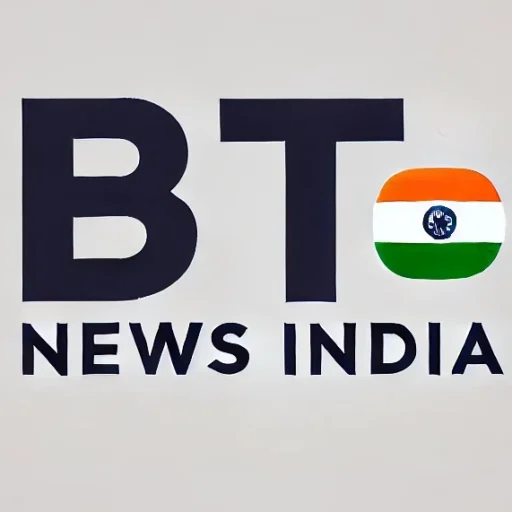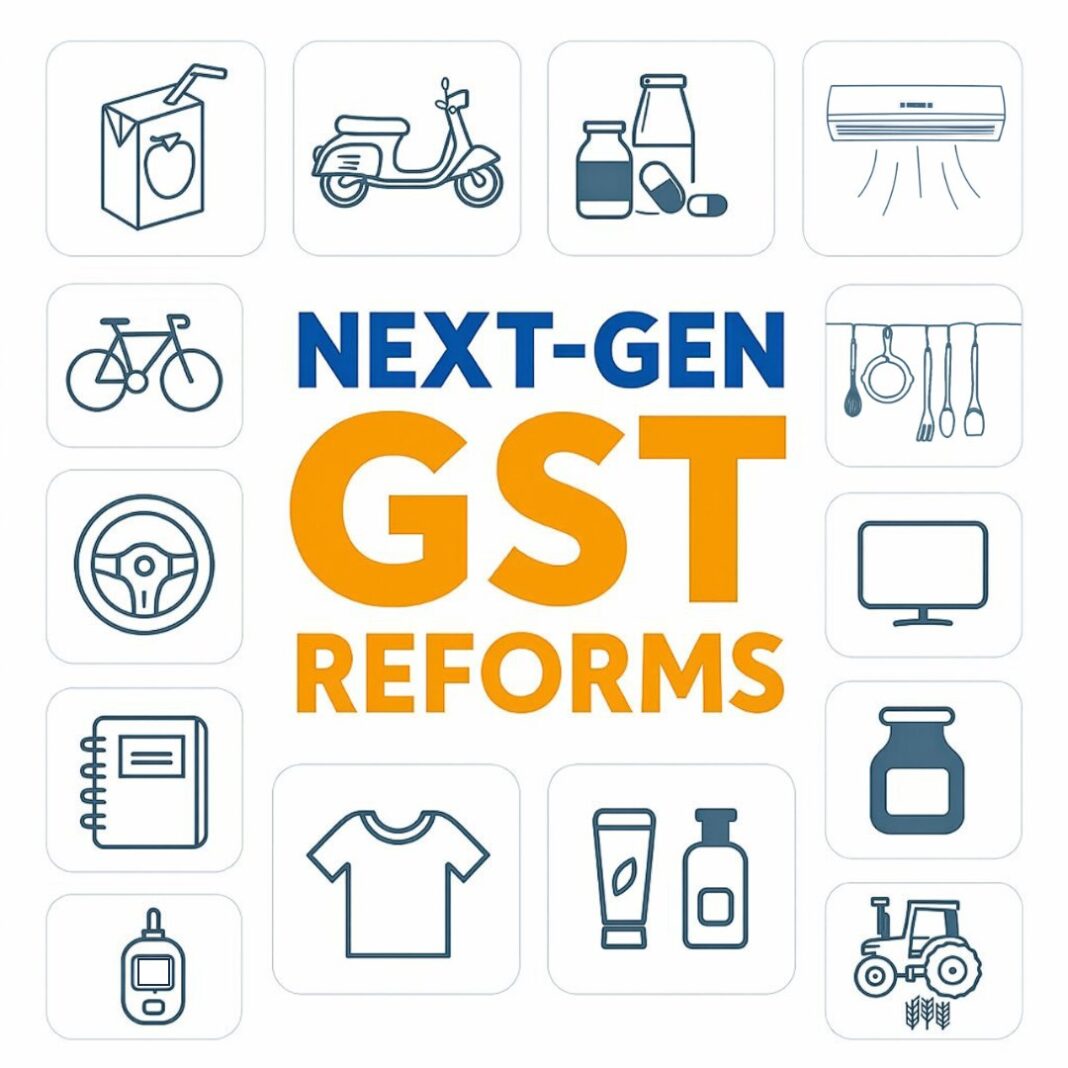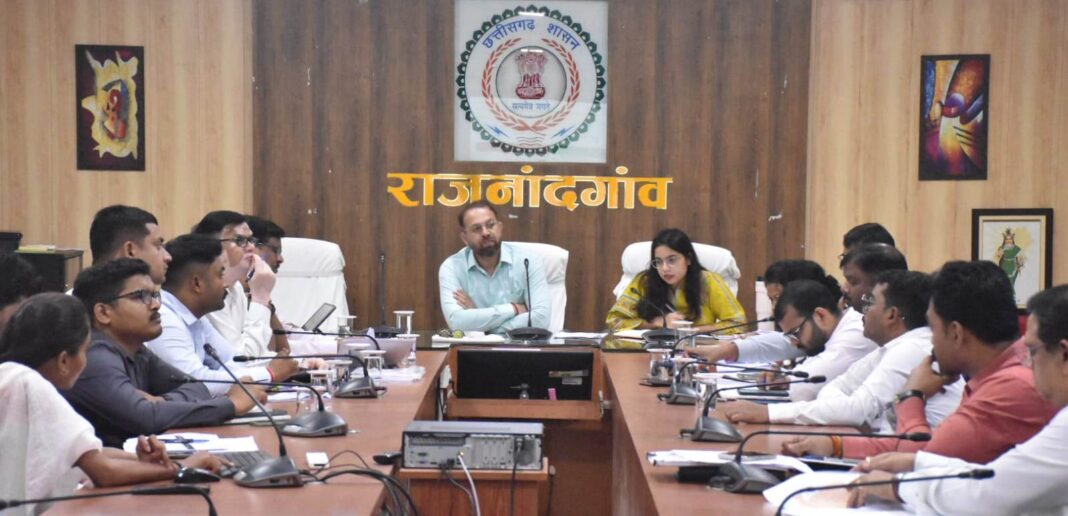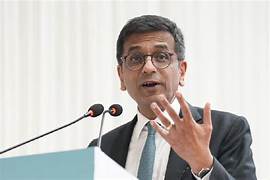Next-Gen GST Reforms Slash Rates to 5% and 18%, Making Daily Goods Cheaper While Luxury and Sin Items Face 40% Tax
Published on: September 04, 2025
By: BTNI
Location: New Delhi, India
In a landmark move set to transform India’s tax landscape, the GST Council has rolled out the much-anticipated “GST 2.0” reforms, effective from September 22, 2025. Announced as a festive Diwali gift by Prime Minister Narendra Modi, these changes simplify the Goods and Services Tax structure, reducing the existing four slabs (5%, 12%, 18%, and 28%) to just two primary rates—5% for essentials and 18% for standard goods—alongside a new 40% slab for super luxury and sin items. Finance Minister Nirmala Sitharaman emphasized that the reforms prioritize the common man, aiming to lower household expenses, boost consumption, and simplify compliance for businesses.
What Gets Cheaper?
The revamped GST structure brings significant relief for households, with a wide range of daily essentials and consumer goods becoming more affordable. Here’s a breakdown of items now taxed at the 5% slab or exempted entirely:
Food and Staples: Ultra-High Temperature (UHT) milk, paneer, chena, and all Indian breads like roti, paratha, and khakhra are now tax-free. Butter, ghee, namkeens, bhujia, pasta, cornflakes, biscuits, chocolates, and dry fruits have shifted from 12-18% to 5%, easing monthly grocery budgets.
Personal Care: Everyday items like hair oil, toothpaste, shampoo, soap, toothbrushes, and combs are now taxed at 5%, down from 12-18%.
Household Goods: Kitchenware, tableware, umbrellas, bicycles, and bamboo furniture have moved from 12% to 5%, making home essentials more accessible.
Agriculture and Rural Needs: Fertilisers, seeds, and farm machinery like tractors are now at 5%, down from 12-18%, boosting affordability for farmers.
Healthcare: All medicines, medical devices, and life-saving drugs, including cancer medications, are taxed at 5% or exempted. Individual life and health insurance policies are now GST-free, encouraging wider coverage.
Education and Women’s Needs: Stationery, exercise books, and personal care products are now at 5%, supporting students and families.
Textiles and Footwear: Apparel and footwear priced below ₹2,500 per pair have shifted to 5%, down from 12%.
Consumer durables like air conditioners, refrigerators, televisions, dishwashers, and small cars (petrol engines up to 1200 cc or diesel up to 1500 cc, length up to 4 meters) have seen their GST slashed from 28% to 18%, making big-ticket purchases more affordable. Motorcycles with engines up to 350 cc also fall under the 18% slab, offering relief to middle-class buyers.
Also read- https://www.btnewsindia.com/कोलंबिया-के-अकासियास-गाँ/ https://www.btnewsindia.com/maratha-quota-activist-ends-hunger-strike-after-5-days-as-government-accepts-reservation-demands/
Luxury and Sin Goods Face Higher Taxes
To balance revenue, a new 40% slab targets super luxury and sin goods. This includes:
Aerated waters, carbonated beverages, and caffeinated drinks.
Motorcycles with engines above 350 cc, helicopters, yachts, and high-end cars/SUVs.
Online gaming, now classified as a demerit good.
Notably, items like pan masala, cigarettes, gutka, and tobacco will remain at the current 28% GST plus compensation cess until pending loans are cleared, with taxation shifting to retail sale prices for tighter compliance.
Economic Impact and Consumer Benefits
The GST 2.0 reforms are designed to put more money back into the pockets of the middle class, stimulate demand, and cushion the economy against global trade challenges, such as the recent 50% US tariffs. By lowering taxes on essentials and aspirational goods, the government expects increased consumption, which accounts for roughly 60% of India’s GDP.
The simplified two-slab structure also resolves inverted duty issues and reduces classification disputes, ensuring stability for businesses, especially MSMEs. Pre-filled returns, automated refunds, and easier registrations further enhance the ease of doing business.While the government anticipates a short-term revenue loss of approximately ₹47,700 crore, experts predict that higher consumption will offset this, fostering inclusive growth. The auto and FMCG sectors have already seen market optimism, with stock indices like the Sensex and Nifty rallying post-announcement.
A Step Towards Atmanirbhar Bharat
Described as a “structural reset,” these reforms align with PM Modi’s vision of a self-reliant India. By making essentials, healthcare, and education more affordable, GST 2.0 not only eases household budgets but also supports labor-intensive industries, farmers, and rural communities. As India gears up for the festive season, these changes promise a brighter economic outlook, ensuring prosperity reaches every corner of the nation.




